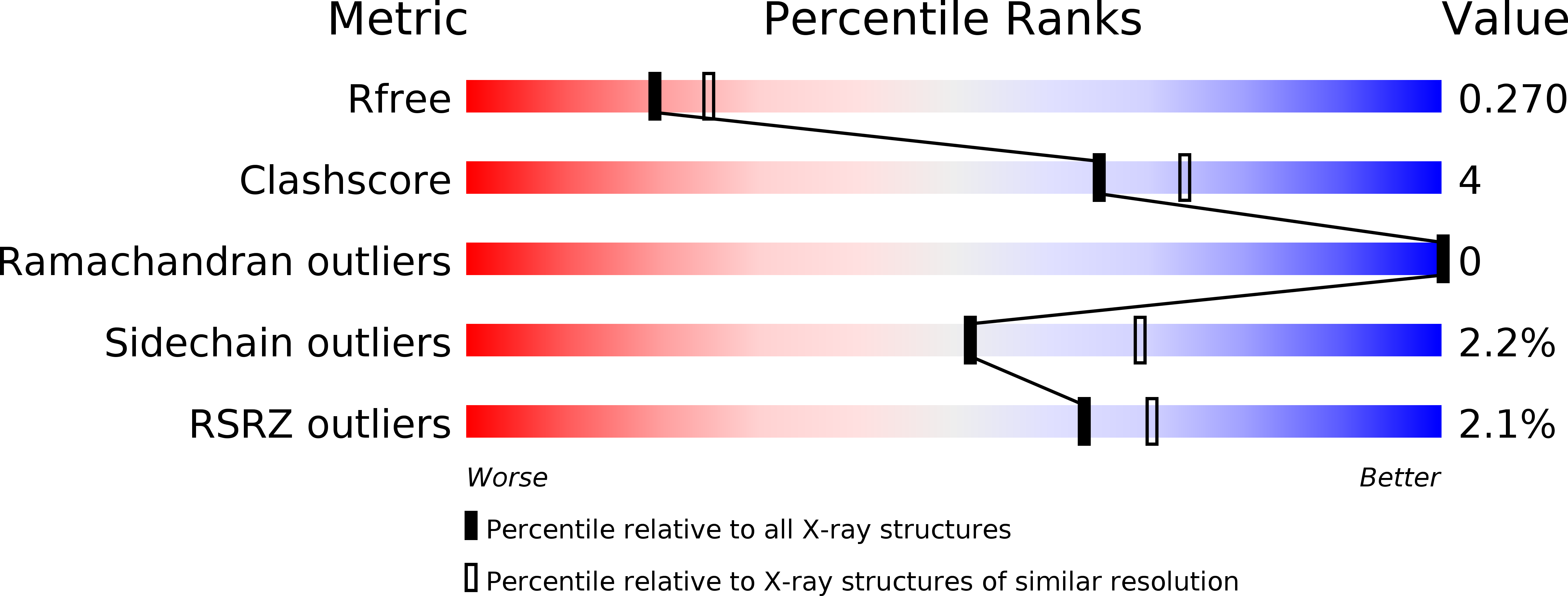
Deposition Date
2010-12-16
Release Date
2011-09-21
Last Version Date
2024-05-08
Entry Detail
Biological Source:
Source Organism:
ESCHERICHIA COLI O157\:H7 STR. EC4115 (Taxon ID: 444450)
Host Organism:
Method Details:
Experimental Method:
Resolution:
2.30 Å
R-Value Free:
0.27
R-Value Work:
0.23
R-Value Observed:
0.23
Space Group:
C 2 2 21


